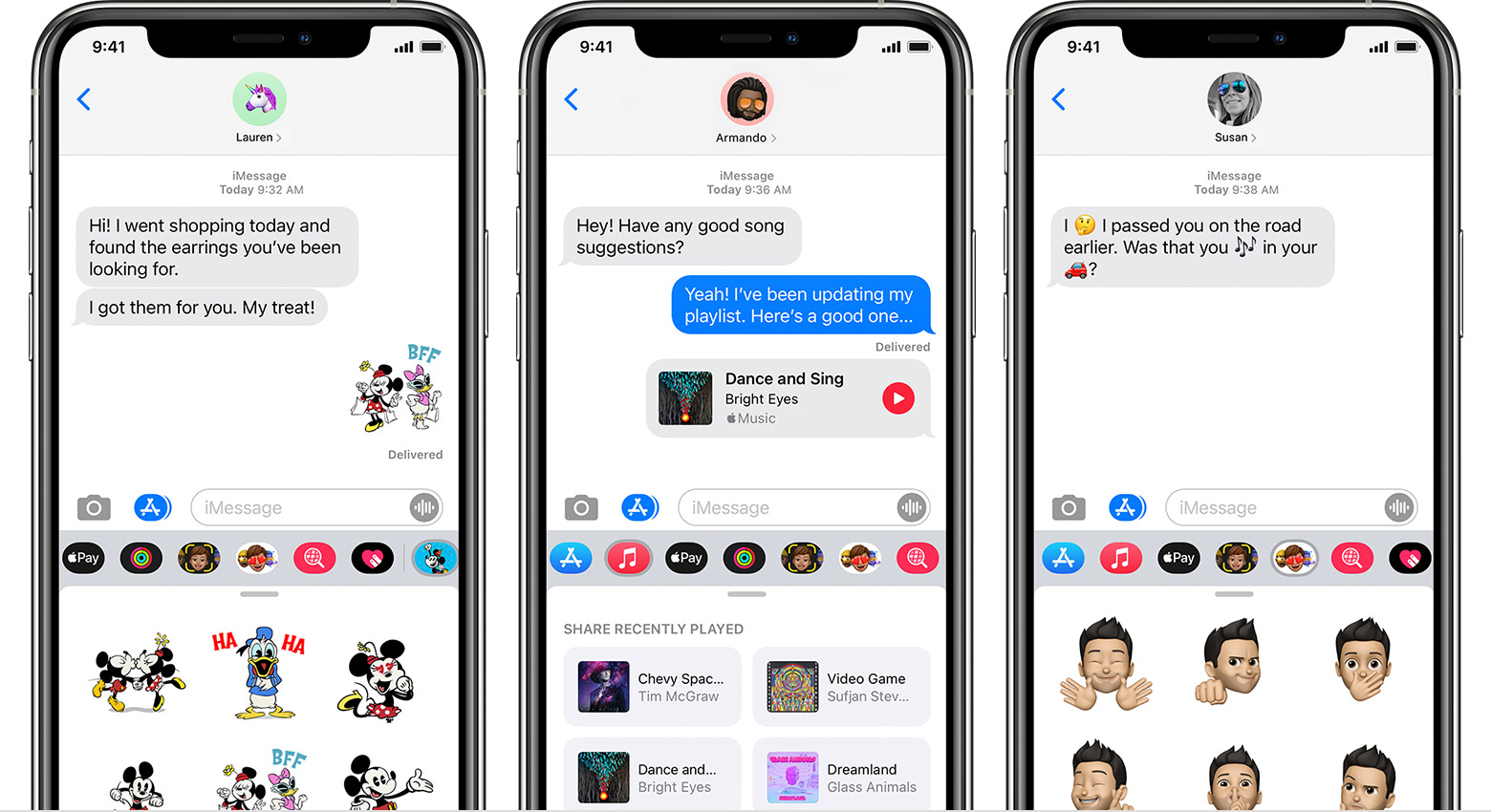Augmented reality (AR) continues to gain importance in our everyday lives. In the classroom, AR technology can enhance learning by providing students with interactive and immersive experiences, improving their understanding of complex concepts and enabling them to apply their knowledge in real-world scenarios. The use of AR can make learning more accessible while increasing the engagement of all students. Recently, EdSurge spoke to field experts about the benefits of integrating AR in the classroom.
How is augmented reality different from virtual reality?
You are not alone if you are confused by the terms augmented reality and virtual reality (VR). Both technologies have made their way into classrooms, leaving educational researchers wondering about their differences and implications for learning. We asked Robert Spierenburg, the chief executive officer at All Things Media, to help explain how AR and VR differ and what that means for the classroom.
Educational Technology Specialist at Atlanta Public Schools
“Augmented reality is when you take something that you can already see in the world and add an interactive or experiential layer on top. So it’s not replacing what you see. We’re not taking you to some magical fantasy world. We’re staying in our world and giving you superpowers in it, per se,” says Spierenburg. Virtual reality, in contrast, is a technology that creates a completely immersive digital environment that blocks out the real world and replaces it with a virtual one. Spierenburg continues, “A lot of people think they’ve never used augmented reality, but that backup camera in your car uses AR to draw those lines to guide your driving in reverse.”
AR can be used in the classroom to create interactive learning experiences that enhance traditional instruction. For example, an AR app can create interactive 3D models of historical artifacts or scientific specimens that students can learn from and explore. AR can also create digital overlays on printed textbooks, allowing students to access additional content, such as videos or animations, with their mobile devices. Spierenburg likens AR to a safety net for students. “It gives kids this safe space to try things without repercussions in the real world.”
It gives kids this safe space to try things without repercussions in the real world.
How does augmented reality engage all students?
Renee Dawson, an educational technology specialist at Atlanta Public Schools, sees firsthand how AR positively affects students, sharing, “AR engages students who are usually the least engaged. It serves as a bridge for students to connect in the classroom.” For many students, Dawson recognizes that AR “levels the playing field” by allowing students experiences that they may not otherwise have an opportunity to explore—whether the result of socioeconomic situations or physical barriers.
AR lets students see things up close or gather background knowledge of topics; it promotes deeper learning. Having previously taught in special education for 15 years, Dawson also sees AR through a lens of equity and accessibility, stating, “It gives access to everybody in the classroom for anything that you can think of, in any sandbox environment and in a variety of ways.” Spierenburg explains that one of the benefits of using AR rather than VR is the ease of integration in the classroom. “You don’t need any special hardware. You can just use your phone or any mobile device.”
Chief Executive Officer at All Things Media
How can educators be confident that integrating AR into their lessons is actually moving the needle toward their key standards and learning outcomes?
This is easy for educators using McGraw Hill AR, a free app created by McGraw Hill in partnership with Verizon for Verizon Innovative Learning, an educational initiative that seeks to help bridge the digital divide with a goal of providing digital skills training to 10 million students by 2030. Spierenburg, whose company helped support the development of the app explains that every activity is directly aligned with a standard and has an accompanying lesson plan in Verizon Innovative Learning HQ, a free online education portal empowering educators to help bring new ways of learning and next-gen tech into the learning experience. “Those lesson plans are actually what stood out to my teachers,” adds Dawson, “They felt like the plans provided the support they needed to implement AR in the classroom without a lot of training.”
“The app truly gives students greater agency in their learning,” says Spierenburg. “Every McGraw Hill AR app activity takes an observe-explore-evaluate approach, where you watch a narrated animation do it first, then you have an interactive component where the student can perform the actions themselves.” This is followed by an evaluation section, which is a self-assessment with questions aligned directly with what students will see on standardized tests.
There will be students who lead the charge—the innovators and early adopters. There are always students who get there first, and they pull everybody else in.
How can school leaders break through some of the misconceptions around AR and help hesitant teachers to adopt and normalize augmented reality in their classrooms?
Some schools are fortunate enough to have a technology specialist who can co-teach and model the integration of AR until the classroom teacher is confident to fly solo. Dawson encourages teachers to take a step back and “rely on students more because they have an insane thirst for technology, and they will likely figure it out faster than we can.” Spierenburg also enjoys seeing this learner-centered approach, where teachers facilitate learning and nudge students forward. “There will be students who lead the charge—the innovators and early adopters. There are always students who get there first, and they pull everybody else in.”
From a developer’s perspective, Spierenburg also wants teachers to appreciate the drive to reduce barriers in the classroom. The McGraw Hill AR app is device-agnostic, meaning it works on Android or iOS. A web version of the app that will work on Chromebooks will be available soon, in addition to a Spanish-language release. Also, the app is very user-friendly, making it quick and easy for students to jump into. Spierenburg says, “I think it’s about meeting the student where they are in terms of device, language, wherever they are and wherever it fits into their learning experience or journey. That’s where we want to be, and that’s what we’ve worked very hard to achieve from a technical standpoint.”
Recommended Links
We have seen AR primarily in math and science. What does AR look like in the humanities?
The McGraw Hill program is releasing a social studies and language arts component that integrates the two content areas. Spierenburg describes an example of the Boston Massacre, where students see a reenactment from different witnesses, listening to their varying perspectives. “Each of those perspectives is actually the testimony from the trial of the different witnesses on the scene. As you select a witness, you learn more about history and have language arts stitched in with reading comprehension. It gives humanities a relevant context.”
Dawson is just as excited about using AR in math and science classes. She shares how one particular student who historically struggled with solving equations could immediately balance an equation using the AR scale. In fact, many students reach a deeper learning level with a cross-disciplinary approach. Spierenburg describes a math and history activity through which students learn about the pyramid of Giza and also how to draw a cross-section of a square pyramid. “We are secretly sneaking in another layer of learning, and the kids love it.”
Source link










Leave a Reply